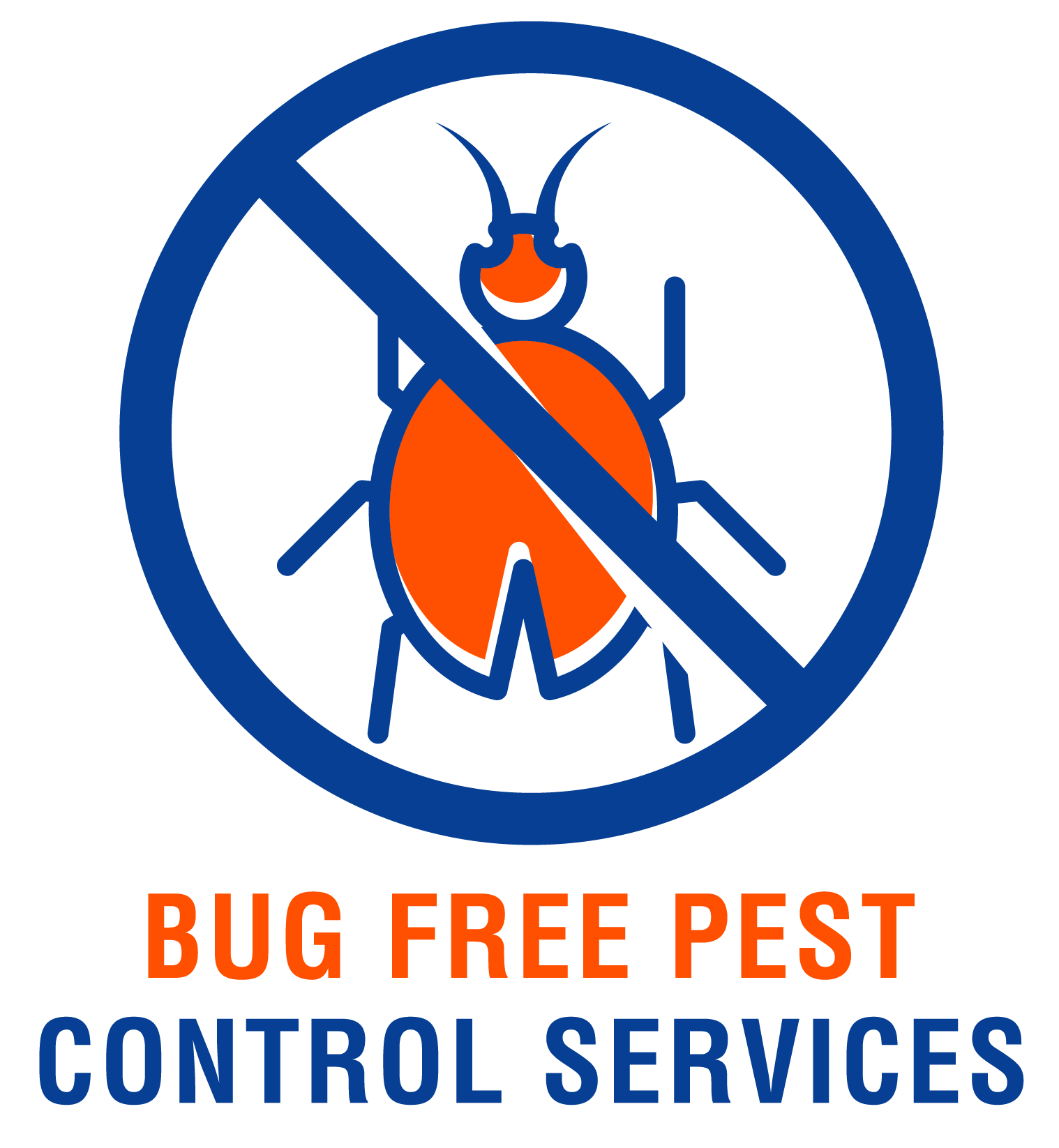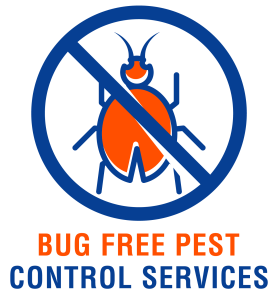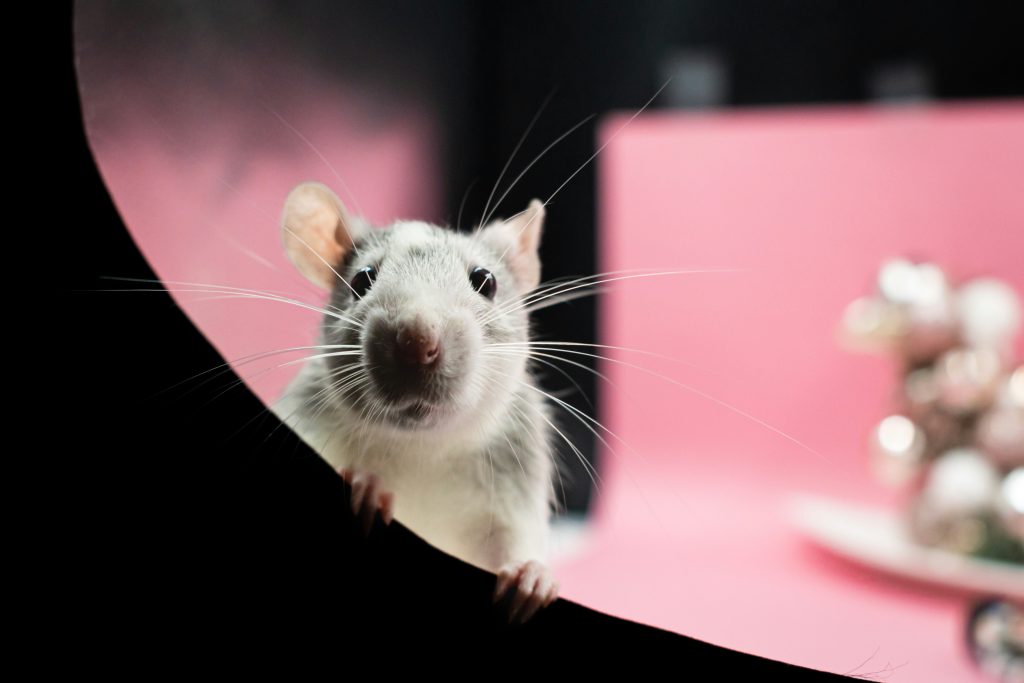I live in a cozy little house with my family, and we like to keep it clean and tidy. But recently, we noticed some strange things happening. There were small chew marks on our food packages, and sometimes we would hear weird scratching noises in the walls at night. Something didn’t feel right. That’s when we discovered that our house had been invaded by rodents! Rodents are sneaky little creatures like mice and rats, and they can cause a lot of trouble. In this article, I will tell you all about the signs of a rodent infestation, so you can spot them too and take action to keep your home pest-free!
Noises
Scratching sounds
One of the signs of a rodent infestation is hearing scratching sounds. These sounds can be quite creepy, especially when you hear them at night. But don’t worry, it just means that there might be some little critters running around in your home. Rodents like mice and rats have sharp claws that can make scratching sounds as they scurry across floors, walls, or ceilings. So, if you hear those scratchy noises, it’s a good idea to investigate further and look for other signs of a rodent infestation.
Chewing or gnawing sounds
If you’ve ever heard a loud crunching or gnawing sound in your home, it might be a sign that you have some unwanted visitors. Rodents love to chew on things because their teeth grow continuously and they need to keep them trimmed down. So, they might munch on furniture, wires, or even food containers. If you hear these chewing or gnawing sounds, it’s time to start thinking about how to get rid of those pesky rodents before they cause any more damage.
Scurrying or scampering sounds
Another sign of a rodent infestation is scurrying or scampering sounds. You might hear these sounds when you’re sitting quietly in your home, especially at night. It’s like a little pitter-patter of small feet running around. These sounds usually mean that rodents like mice or rats are on the move, searching for food or nesting materials. So, if you hear these scurrying or scampering sounds, it’s time to take action and make sure your home is rodent-free.
Droppings
Small dark droppings
One of the telltale signs of a rodent infestation is finding small, dark droppings around your home. These droppings are usually about the size of a grain of rice and can be found in places where rodents like to hide, eat, or travel. So, if you discover these little droppings, it’s a clear sign that you have some uninvited guests. Make sure to clean up the droppings carefully and take steps to eliminate the rodents from your home.
Rodent droppings in concentrated areas
When you find rodent droppings, you might notice that they are concentrated in specific areas of your home. Rodents like to use certain spots as their “bathroom” because they feel safe and comfortable there. So, you might find a cluster of droppings in corners, under the sink, or in the attic. These concentrated areas of droppings are a sign that rodents have made themselves at home in your space, and it’s time to evict them.
Fresh droppings indicate an active infestation
If you come across fresh droppings, it’s a sign that you have an active rodent infestation. Fresh droppings are darker in color and slightly wet. This means that the rodents have been active in your home very recently. It’s essential to address the infestation promptly because rodents can multiply quickly, and you don’t want them to take over your home. So, if you find fresh droppings, it’s time to take action and start taking steps to get rid of the rodents.
Gnaw marks
Damage to wood, plastic, or wiring
Rodents have strong teeth that they’re not afraid to use. If you discover gnaw marks on wood, plastic, or wiring in your home, it’s a clear sign that rodents are at work. Rodents will chew through practically anything they can find to keep their teeth in check. So, if you notice these gnaw marks, it’s important to find and eliminate the rodents before they cause further damage to your property.
Chewed-through food packaging
Have you ever found chewed-up food packages in your pantry? It’s not a pleasant sight, but it’s a sign of a rodent problem. Rodents are opportunistic eaters, and they won’t think twice about chewing through food packaging to get to a tasty treat inside. So, if you find chewed-through food packages, make sure to throw away any contaminated food and seal up your pantry to prevent further access for the hungry rodents.
Distinctive tooth marks on objects
Rodents’ teeth leave distinctive marks on objects. These tooth marks can look like little scratches or grooves. If you notice these marks on furniture, wires, or other items in your home, it’s a sign that you have a rodent infestation. Rodents will gnaw on things to wear down their teeth, but unfortunately, they end up causing damage to your belongings. So, if you see these tooth marks, it’s time to take action and protect your property from further destruction.
Nests
Shredded materials used for nesting
Rodents need a cozy place to build their nests, so they use shredded materials to create a comfy home for their families. If you happen to find shredded paper, fabric, or bits of insulation in hidden corners or crevices, it’s a sign that rodents have made a nest in your home. These nests are usually made in warm and dark areas where rodents feel safe. So, if you come across these shredded materials, it’s an indication that rodents are living in your space and it’s time to start evicting them.
Hidden in warm and dark areas
Rodents like to build their nests in warm and dark areas where they can raise their babies undisturbed. So, if you’re searching for signs of a rodent nest, make sure to check places like attics, basements, or crawl spaces. These areas provide the perfect hiding spots for rodents, as they offer protection and easy access to food sources. By locating and removing these nests, you can ensure that the rodents will no longer have a place to call home in your house.
Nests often contain babies
One of the most heartbreaking signs of a rodent infestation is finding nests with baby rodents. Rodents reproduce quickly, and their babies are incredibly small and vulnerable. So, if you find a nest, there’s a good chance that it will contain baby rodents. It’s important to remove these nests carefully to prevent harm to the babies and to make sure the infestation doesn’t continue. Taking action promptly will help ensure the well-being of both the rodents and your home.
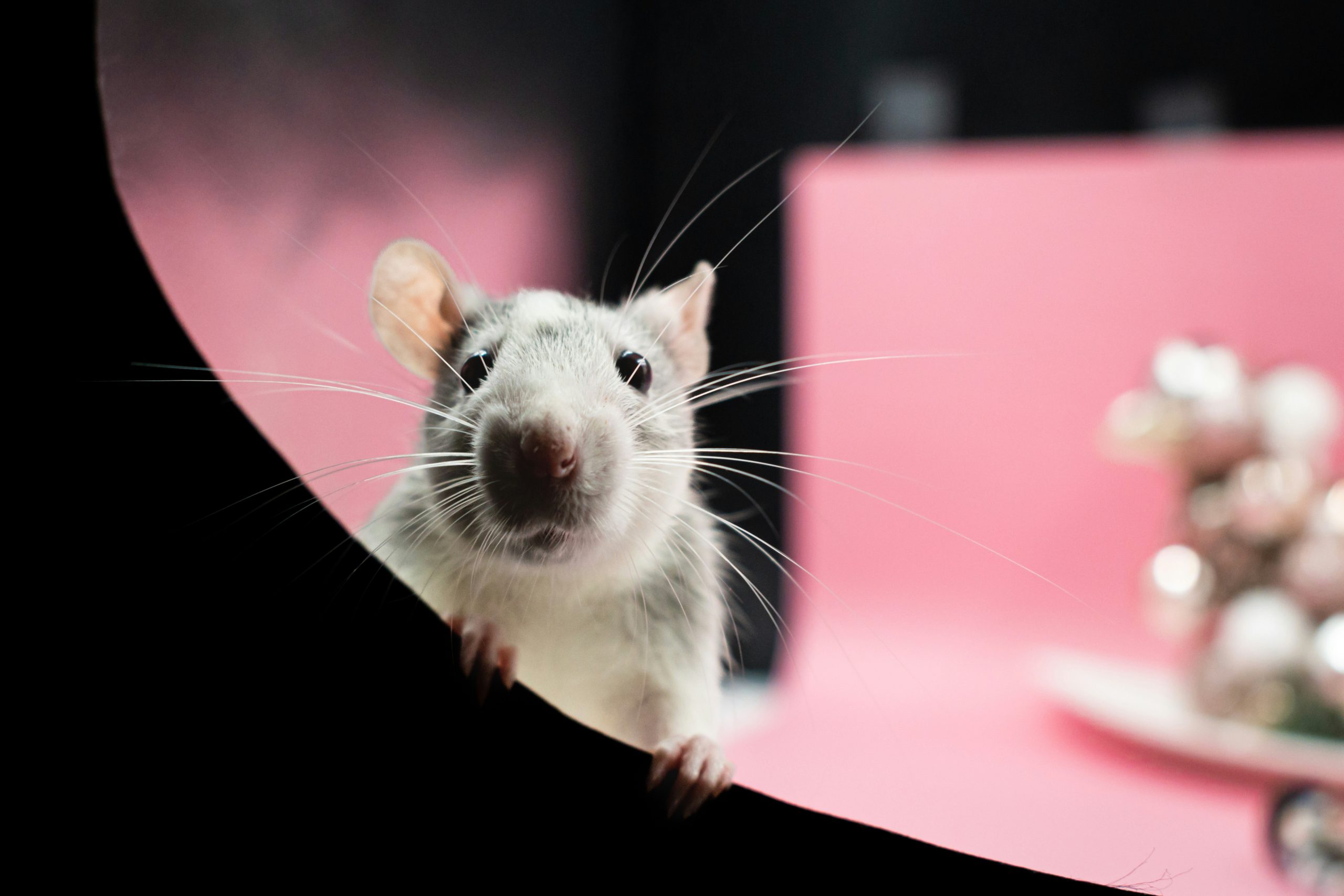
Tracks
Footprints in dusty areas
Just like detectives use footprints to solve crimes, you can use footprints to identify rodents in your home. If you notice small footprints in dusty areas, it’s a sign that rodents are scurrying around. These footprints can be easily seen on smooth surfaces like floors or countertops. By tracking these footprints, you can determine the rodents’ travel routes and focus on those areas while dealing with the infestation. So, keep an eye out for those little footprints and become a rodent detective!
Tail drag marks along walls or baseboards
Rodents have long tails that they use to balance themselves as they move. So, if you see tail drag marks along walls or baseboards, it’s a sign that rodents have been exploring your home. These marks can be dark and greasy, as rodents have oily fur that they leave behind as they go. By recognizing these tail drag marks, you can follow the trail and find their entry points or nesting areas. So, get ready to investigate those mysterious marks and say goodbye to the pesky rodents!
Visible grease or dirt marks
Rodents are not the cleanest houseguests, and they can leave behind visible grease or dirt marks as they move around your home. These marks can be seen on walls, floors, or even furniture. So, if you notice smudges or stains that seem out of place, it might be a sign that rodents are present. By identifying these marks, you can discover where the rodents are most active and focus your efforts on eliminating them. So, keep an eye out for those mysterious stains and start cleaning up your space from those unwelcome visitors.
Grease marks
Smeared oil or dirt marks along walls or surfaces
If you find smeared oil or dirt marks along walls or surfaces in your home, it’s a sign that rodents have been on the move. Rodents have oily fur, and as they squeeze through tight spaces or rub against walls, they can leave behind these distinctive marks. So, if you notice these grease marks in your home, it’s a clear indication that rodents have found their way inside. Keep an eye out for these sneaky marks and start planning your strategy to get rid of the rodents once and for all.
Common around entry points
Rodents are smart and resourceful, and they know how to find their way into your home through small openings. If you spot grease marks around entry points like doors, windows, or vents, it’s a sign that rodents are gaining access to your space. These marks are left behind as the rodents squeeze through tight spaces, and they serve as a reminder to reinforce those entry points and block their path. By identifying these common areas, you can take steps to secure your home and keep the rodents out.
Rodents leave these marks as they squeeze through tight spaces
Rodents have flexible bodies that allow them to squeeze through incredibly small spaces. So, if you come across grease marks, it’s a sign that rodents have been navigating through tight gaps and openings. They leave these marks behind as a result of their oily fur rubbing against walls or other surfaces. By understanding how these marks are created, you can assess potential entry points and seal them off, making it more difficult for the rodents to invade your home. So, take a close look for those grease marks and get ready to defend your territory.
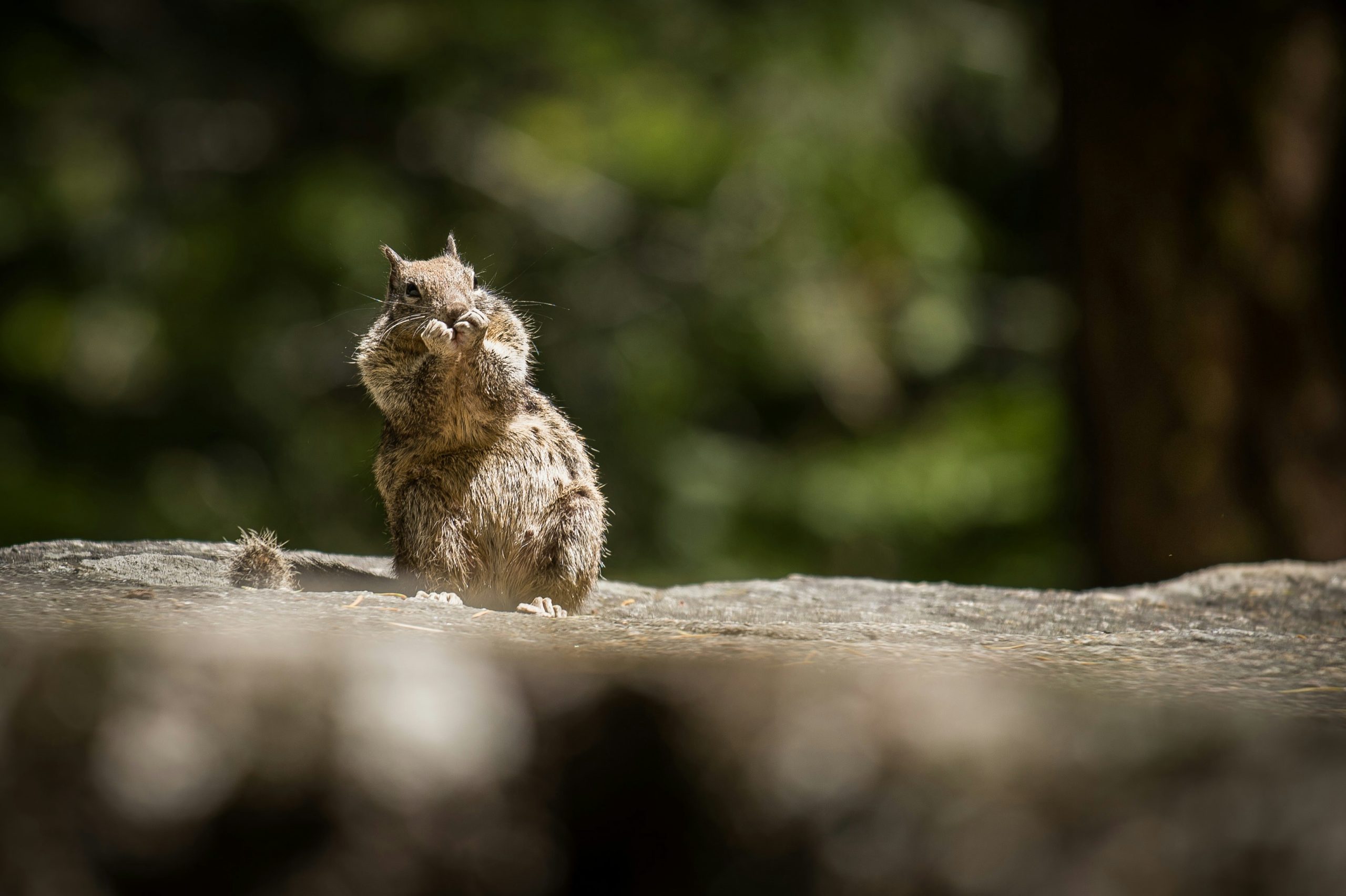
Rub marks
Dirty or greasy marks on walls or floorboards
Rodents have a habit of rubbing their bodies against surfaces as they explore their environment. This behavior leaves behind dirty or greasy marks on walls or floorboards. If you notice these marks in your home, it’s a sign that rodents have been active and literally leaving their mark. By identifying these rub marks, you can gain insight into the rodents’ movement patterns and focus your efforts on areas where they spend the most time. So, get ready to clean up those dirty or greasy marks and say goodbye to the unwanted rodent roommates.
Caused by rodents rubbing their bodies against surfaces
Rodents might seem like they’re just running around, but they’re actually leaving their mark on your home. They have a habit of rubbing their bodies against various surfaces, which creates distinctive marks. These marks are caused by the oils and dirt on their fur, which they deposit as they navigate through your space. So, if you find dirty or greasy marks on walls or floorboards, it’s a clear sign that rodents are present. By recognizing these marks, you can take steps to remove the rodents and make sure they don’t come back.
Often found near entry and exit points
Rodents are clever, and they know how to navigate through your home efficiently. They often travel along specific routes between entry and exit points. So, if you see rub marks near doors, windows, or other potential entry points, it’s a sign that rodents are actively using these areas. By locating these rub marks, you can target your efforts and implement measures to prevent further access. So, keep an eye out for these marks near entry and exit points and make sure to block the rodents’ path.
Nesting materials
Shredded paper or fabric
Rodents are not just wandering around your home; they’re also busy building their nests. One of the telltale signs of a rodent nesting area is finding shredded paper or fabric. Rodents use these materials to create a cozy and warm home for themselves and their babies. So, if you come across shredded paper or fabric in hidden corners or crevices, it’s a strong indication that rodents have made themselves comfortable in your space. By discovering these nesting materials, you can pinpoint areas where the rodents are most likely to be hiding and take action accordingly.
Bits of insulation or cardboard
In addition to shredded paper or fabric, rodents also have a fondness for other nesting materials like bits of insulation or cardboard. These materials provide insulation and protection for their nests, which is essential for the rodents’ survival. If you find small pieces of insulation or chewed-up bits of cardboard scattered around your home, it’s a sign that rodents have been busy setting up their homes. By identifying these nesting materials, you can track down the rodents’ hiding spots and make sure they no longer have a place to call home.
Found in hidden corners or crevices
Rodents are tiny creatures that like to hide in hidden corners or crevices where they feel safe and secure. So, when searching for signs of a rodent nest, check areas that are rarely disturbed, like the attic, basement, or crawl spaces. These hidden corners provide the perfect nesting spots for rodents, away from prying eyes. By locating these nests, you can target your efforts in eliminating the rodents and prevent them from multiplying further. So, explore those hidden spaces and evict the sneaky rodents from your home.
Missing or damaged food
Chewed-through food packaging
Rodents are not picky eaters, and they’ll chew through anything to get to their next meal. If you discover chewed-through food packaging in your pantry or kitchen, it’s a clear sign that rodents are on the hunt for food. Whether it’s bags of chips, cereal boxes, or other food containers, rodents will gnaw through the packaging to satisfy their hunger. So, if you find any signs of chewed-through food packaging, make sure to discard any contaminated items and take measures to prevent further access to your food supply.
Bite marks on fruits, vegetables, or stored food
Rodents will help themselves to anything they can find in your kitchen, including fruits, vegetables, and stored food. If you notice bite marks or gnawing on these items, it’s a sign that rodents have been snacking on your groceries. Rodents are opportunistic eaters and will take advantage of any available food sources. So, if you discover these bite marks, make sure to inspect and discard any contaminated food items. Taking steps to secure your food storage areas will help prevent further rodent feasts.
Missing food or empty containers
One of the most frustrating signs of a rodent infestation is discovering missing food or empty containers. It’s like a mystery where the food disappeared overnight. If you find that food has gone missing from your pantry or kitchen, it’s a clear indication that rodents have been helping themselves. They will scurry off with small snacks and feast on them in their hidden nests. So, if you notice empty containers or mysteriously vanishing food, it’s time to act and protect your pantry from these hungry intruders.
Unusual pet behavior
Intense sniffing or scratching in specific areas
Our pets, like cats and dogs, have an incredible sense of smell, and they can detect the presence of rodents. If you notice your furry friend intensely sniffing or scratching in specific areas of your home, it’s a sign that they’ve picked up on something unusual. They might be able to detect the scent or hear the sounds of rodents scurrying around. So, if your pet is displaying this behavior, it’s a good idea to investigate further and take action to address the rodent infestation.
Barking or growling at walls or corners
Animals have unique ways of communicating, and they can express their concerns or warnings through barking or growling. If you observe your dog barking or growling at walls or corners, it’s a sign that they sense something is not right. Dogs have a keen sense of hearing and can pick up on the sounds of rodents moving through walls or other hiding spots. So, if your pet is exhibiting this behavior, it’s a signal that there might be rodents in your home. Pay attention to your pet’s warning signs and take steps to protect your home and keep it rodent-free.
Cats or dogs displaying hunting behavior
Cats and dogs have natural hunting instincts, and it’s not uncommon for them to display this behavior when there are rodents around. You might notice your cat or dog stalking, pouncing, or chasing unseen critters in your home. They can sense the presence of rodents through their movement, scent, or even the sounds they make. So, if your pet is acting like a little hunter, it’s a sign that there might be rodents in your space. Use their instincts to your advantage and take action to eliminate the unwelcome visitors.
In conclusion, there are many signs of a rodent infestation that you can look out for in your home. From the scratching, chewing, or scurrying sounds to the small droppings or gnaw marks, rodents can leave a trail of evidence. Nests made with shredded materials, tracks, grease or rub marks, and missing or damaged food are all indications of a rodent problem. Even your pets can give you clues through their unusual behavior. By recognizing these signs and taking swift action, you can evict the rodents from your home and restore a safe and rodent-free environment.
